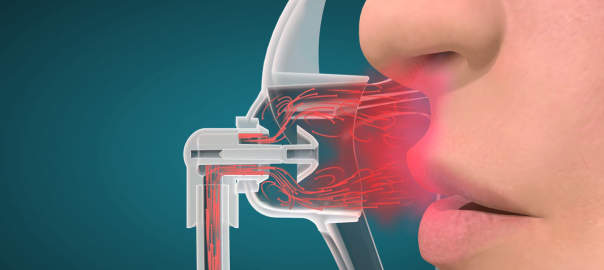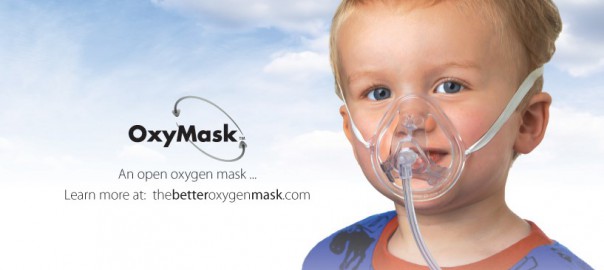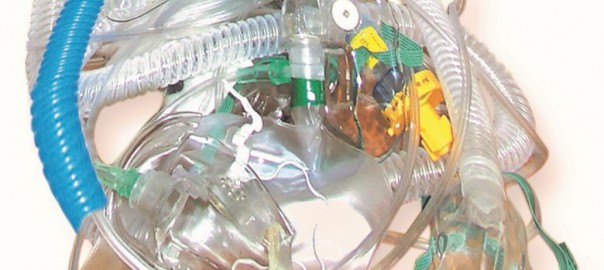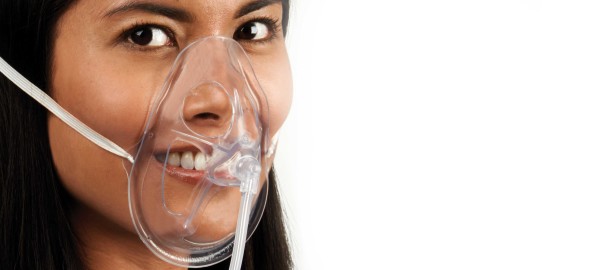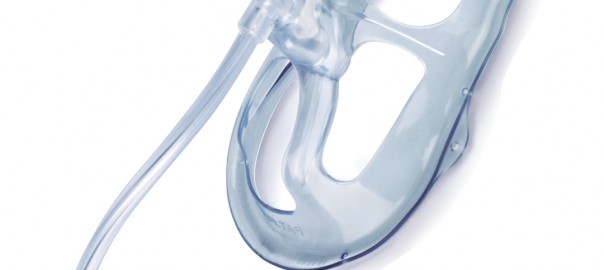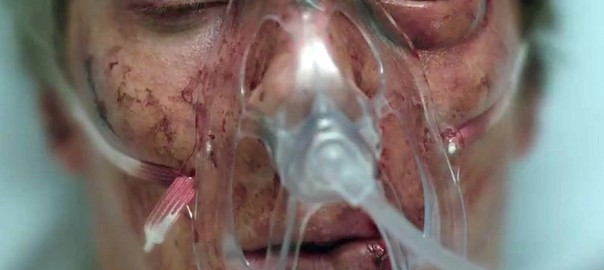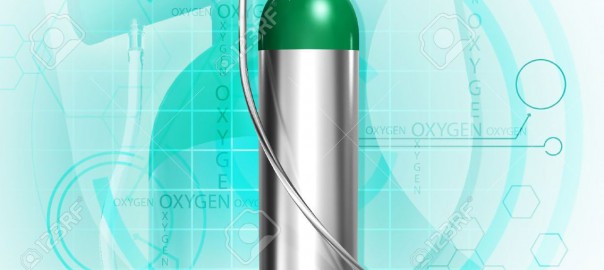This respiratory care week, OxyMask will be exploring the role of the respiratory therapist. We will be posting daily topics on RTs. Starting with, how RTs help. Helping patients is the foundation to all respiratory practices and is one of the most important principles of respiratory care. Whether the RT is simply initiating low flow oxygen therapy, providing education on smoking cessation or assisting in a cardiac arrest, they are always committed to providing optimal care and are dedicated to helping their patient’s breath better. We have all, at one point or another experienced some degree of respiratory distress. Whether it be the familiar “huff and puff” from walking up a flight of stairs or coughing up an alarming amount of suspicious green phlegm from a flu bug that lingered a week too long; We have all felt the effects of increased work on our respiratory systems. It is the role of the RT to help patient’s understand their disease processes and to provide support, education and optimal care along the way. They are involved in helping diagnose, control and treat any underlying respiratory conditions in patients with breathing difficulties and are responsible for promoting continuity of care for patientsRead More…
All posts by Ashleigh Hunter
OxyMask’s ability to maintain a concentrated flow of oxygen means that less oxygen flow is required to maintain a prescribed SpO2. To the hospital and to the ambulance this means patient safety and cost savings. OxyMask provides a targeted, concentrated flow of oxygen directed towards the mouth and nose. This ‘virtual reservoir’ of concentrated oxygen maintains the prescribed SpO2 saturation levels while utilizing less oxygen flow. Less oxygen is needed when using OxyMask compared to traditional masks to achieve the same clinical result. Decreased work of breathing is accomplished as the OxyMask wearer has direct access to an immediate concentration of oxygen without the need to open a valve or draw from a reservoir bag. Oxygen is conserved as a specific volume of gas is not required to maintain a concentration or flush out mask dead space. By delivering only the patient’s required amount of oxygen at lower flows, total oxygen consumption is reduced. OxyMask’s ability to target and deliver oxygen flow at the area of utilization results in better clinical results and oxygen gas savings. This can have a significant positive impact on a hospital’s oxygen budget. In addition OxyMask provides greater safety for rotary, fixed wing, andRead More…
We have a new white paper! Using the link below, read how OxyMask™ is one of the latest breakthroughs in advanced oxygen delivery technology. http://www.rtmagazine.com/2016/09/white-paper-oxymask-advancing-oxygen-therapy-better-patient-care/
Few people can say they don’t have that dreaded junk drawer, storage closet, or garage they feel overwhelmed to tackle. They are full of things “we just didn’t know what to do with”, “might need later”, or “cost a lot of money at the time.” Clutter, unfortunately, is part of our daily lives. But countless studies show that clutter leads to increased stress, further disorganization and distractions. This often translates to the workplace. In healthcare, clutter is everywhere. In a rapidly changing field there is always the latest best practice or equipment that is promoted. This ranges from equipment costing thousands of dollars to a small box of disposable goods. Seldom is there time allotted for cleanup and decluttering. Many issues can arise from medical clutter. Here is a couple of the issues, causes and possible solutions: Issue Clutter Cause Possible Solutions Increased errors in treatment When distracted by clutter you may make mistakes Re-evaluate and remove products that are obsolete Consider using products that serve more than one purpose and or replace multiple products Assign front line staff to keep clutter from getting out of control Increased incidence of both patient and staff injury Cluttered areas areRead More…
Adequate oxygen supply to the baby is of extremely important throughout all of the stages of pregnancy. This is of the greatest significance when mom reaches the labour and delivery stage. Babies rely on their mother to supply oxygen to ensure a healthy delivery. Even a small amount of oxygen deprivation to the baby can result in cerebral palsy, learning problems, ADHD, seizures and in severe cases even death. A child who has experienced oxygen deprivation at birth may suffer from problems that will affect them for the rest of their lives. They may require care that has an impact on the entire family physically, emotionally and financially. Most injuries to baby that are related to oxygen deprivation occur during the birth process which puts significant oxygen demands on the mother. Many moms experience oxygen deprivation throughout their labour and delivery. Medical staff in attendance during childbirth are able to monitor and recognize oxygen deprivation for both the baby and mother, and treat it accordingly by providing supplemental oxygen. Oxygen deprivation to mom and consequently to baby is sometimes related to the therapy provided. For instance, the oxygen flow may be set too low or mom may become uncomfortable orRead More…
Check out our conference schedule for the rest of the year. Will we see you there? FIME International Medical Expo 2016, Latin America, Miami, Aug 2nd – 4th European Respiratory Society Congress, UK, London Sept 3rd – 7th European Resuscitation Council, Iceland, Reykjavik, Sept 24th to 25th EuSEM Austria Vienna, Oct. 1st to 5th CHEST 2016, USA, Los Angeles, Oct 22nd-26th Focus Fall Conference, USA, Poughkeepsie, NY Oct 27th AARC, USA, San Antonio, Texas, Oct 15th –18th Medica, Germany, Dusseldorf, Nov 14th – 17th Twitter: https://twitter.com/One_OxyMask Facebook: https://www.facebook.com/OxyMask-477571622425906/ LinkedIn: https://www.linkedin.com/company/oxymask?trk=company_name
OxyMaskTM is advancing oxygen therapy for better patient care through an open mask design. OxyMaskTM product offering includes: OxyMaskTM for O2 Delivers 24% to 90%* oxygen concentration, 1 to 15+ lpm to flush. OxyMulti-MaskTM and OxyTrachTM for O2 therapy with or without high humidity or aerosol therapy. Delivers 23% to 83%* oxygen concentration, 1 to 15+ lpm to flush. OxyMaskTM ETCO2 for O2 therapy and End-Tidal CO2 Tracings. Delivers 24% to 65% oxygen concentration, 1 to 15+ lpm to flush.
Have you seen the movie trailer for Marvel’s new film, Doctor Strange? We were excited to see actor Benedict Cumberbatch wearing an OxyMask! The movie comes out fall 2016. Use this link to watch the trailor: http://www.thesun.co.uk/sol/homepage/showbiz/7073707/Benedict-Cumberbatch-reveals-scruffy-beard-in-new-Marvel-film-trailer.html
Oxygen is a drug. This seems like a strange statement to most people as we breathe in oxygen with every breath we take. However, the amount of oxygen we breathe in through room air is only 21%, the rest is made up mostly of nitrogen. When people are critically ill or have chronic lung disease, they often require additional oxygen to properly oxygenate the blood and tissues. In extreme cases a patient may require 100% oxygen. That is to say that they are breathing in pure oxygen. Like all drugs, too much can be harmful and dangerous. There is still debate as to how much oxygen is too much oxygen. We do know however, high concentrations of oxygen over a period of time cause an overproduction of free radicals in the lungs. If unchecked, these radicals can severely damage or kill lung tissue. If left for a prolonged period of time the patient can suffer permanent lung damage. The general rule is that a patient should be on the least amount of oxygen necessary to keep their blood-oxygen levels high enough to properly supply the tissues and organs.

